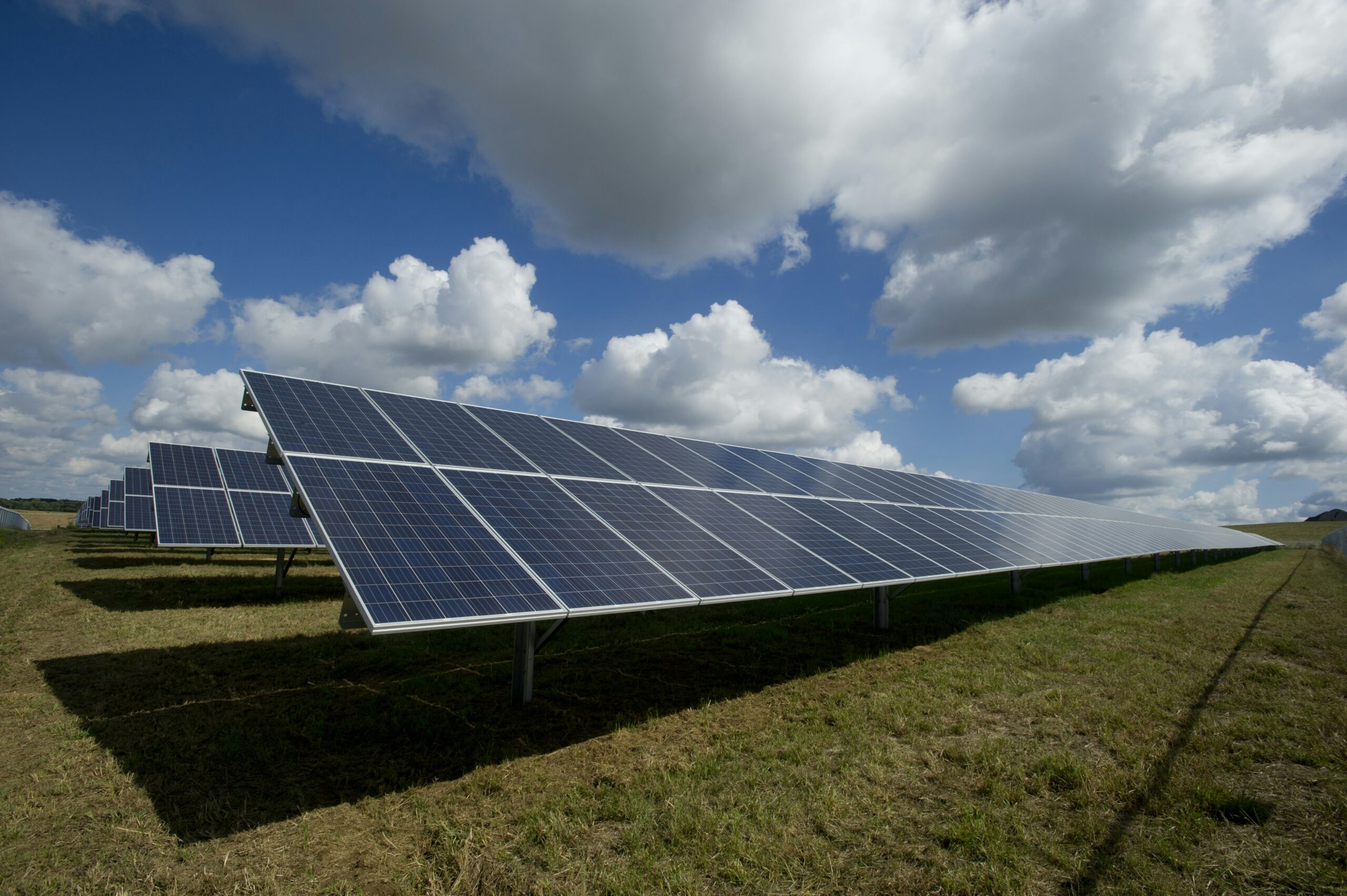Solar panels have become incredibly popular in recent years as a sustainable and efficient source of renewable energy. However, with the rapid advancement of technology and the increasing number of solar panels being installed, a pressing concern arises: can solar panels be recycled? As society becomes more environmentally conscious, it is crucial to address the eventual fate of these panels once they have reached the end of their life cycle. In this article, we explore the various techniques and challenges associated with recycling solar panels, shedding light on the feasibility and importance of sustainable practices within the solar industry.
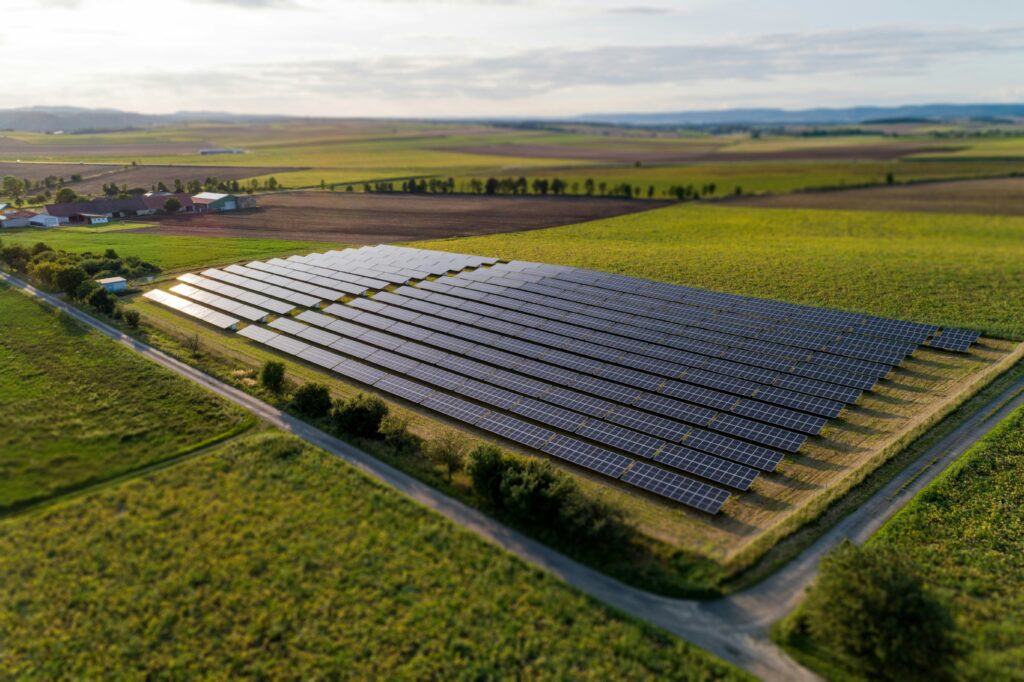
Overview of Solar Panels
What are solar panels?
Solar panels are devices that convert sunlight into usable electricity. They are made up of several interconnected solar cells, typically made of silicon, and are capable of harnessing and converting the energy from the sun. Solar panels are a sustainable and renewable energy source, providing clean and green energy for various applications.
How do solar panels work?
Solar panels work by capturing the energy from sunlight and converting it into electricity through a process called photovoltaic effect. Each solar cell within a solar panel is made up of semiconductor materials, usually silicon, with a positive and a negative layer. When sunlight hits the solar cells, it excites the electrons in the material, causing them to move and generate an electric current. This electric current is then captured and can be used to power appliances, buildings, or even be fed into the electrical grid.
Solar Panel Lifespan
Average lifespan of solar panels
The average lifespan of solar panels is around 25 to 30 years. However, some panels can last even longer if maintained properly. Manufacturers usually provide warranties for a certain number of years, typically 25 years, ensuring that the solar panels will generate electricity at a certain efficiency level during that period. It is important to note that the lifespan of solar panels can be influenced by various factors.
Factors affecting lifespan
There are several factors that can affect the lifespan of solar panels. One of the main factors is the quality of the materials used in their construction. High-quality materials, such as monocrystalline or polycrystalline silicon, are more durable and can withstand environmental factors better than lower-quality materials. Additionally, proper installation and regular maintenance play a crucial role in ensuring the longevity of solar panels. Exposure to extreme weather conditions, such as hail, snow, or high winds, can also impact the lifespan of solar panels.
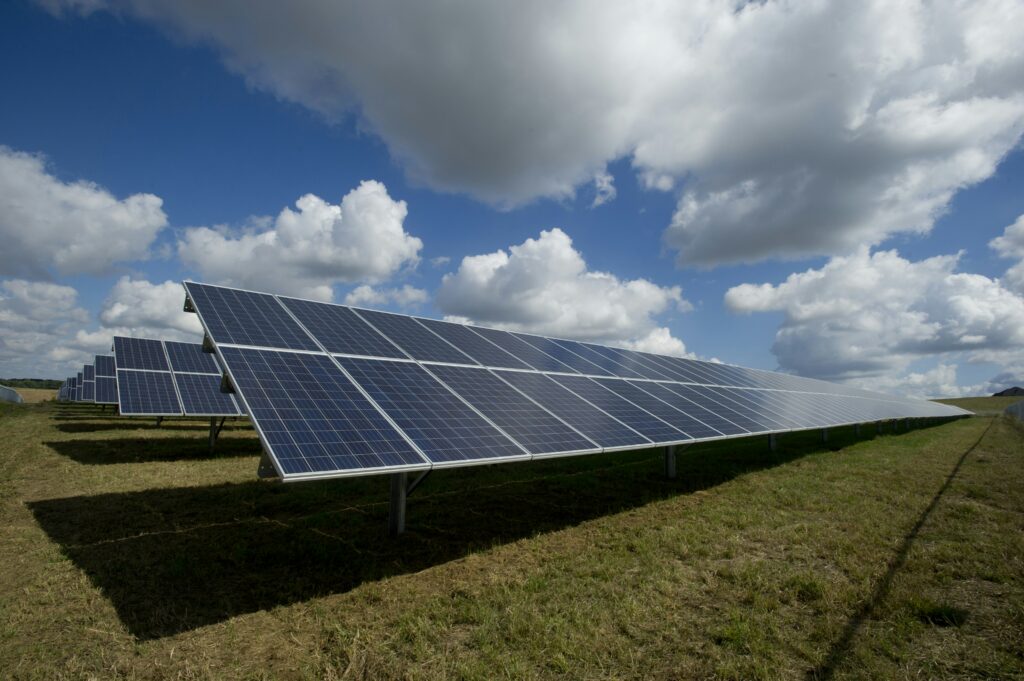
Importance of Recycling Solar Panels
Environmental impact of improper disposal
Improper disposal of solar panels can have significant environmental consequences. Solar panels contain hazardous materials, such as lead, cadmium, and other heavy metals, which can leach into the environment if not disposed of properly. When solar panels end up in landfills or incinerators, these toxic materials can contaminate soil, water, and air, posing a risk to human health and ecosystems. Additionally, solar panels take up valuable landfill space, contributing to the growing issue of waste disposal.
Scarcity of raw materials
Solar panels are made with various precious and rare materials, including silicon, silver, and indium. As the demand for solar panels continues to rise, so does the demand for these raw materials. However, these resources are finite and can become scarce if not properly managed. Recycling solar panels helps alleviate the strain on natural resources by reclaiming the valuable materials and reducing the need for new mining and extraction.
Current State of Solar Panel Recycling
Current recycling methods
Currently, the majority of solar panel recycling processes involve mechanical recycling. In this method, the panels are shredded, and the different components, such as glass, metals, and silicon wafers, are separated and recycled individually. Additionally, some solar panels are refurbished and sold for reuse in applications that do not require high efficiency. However, the overall recycling rate for solar panels is still relatively low, and many panels end up in landfills.
Challenges in recycling solar panels
Despite the importance of recycling solar panels, there are several challenges that need to be addressed. One major challenge is the lack of efficient collection and transportation systems for recycling facilities. Additionally, the automation and technology required to dismantle and sort solar panels efficiently is still developing. There is also a lack of standardized regulations and guidelines for recycling solar panels, making the process more complex and less streamlined.
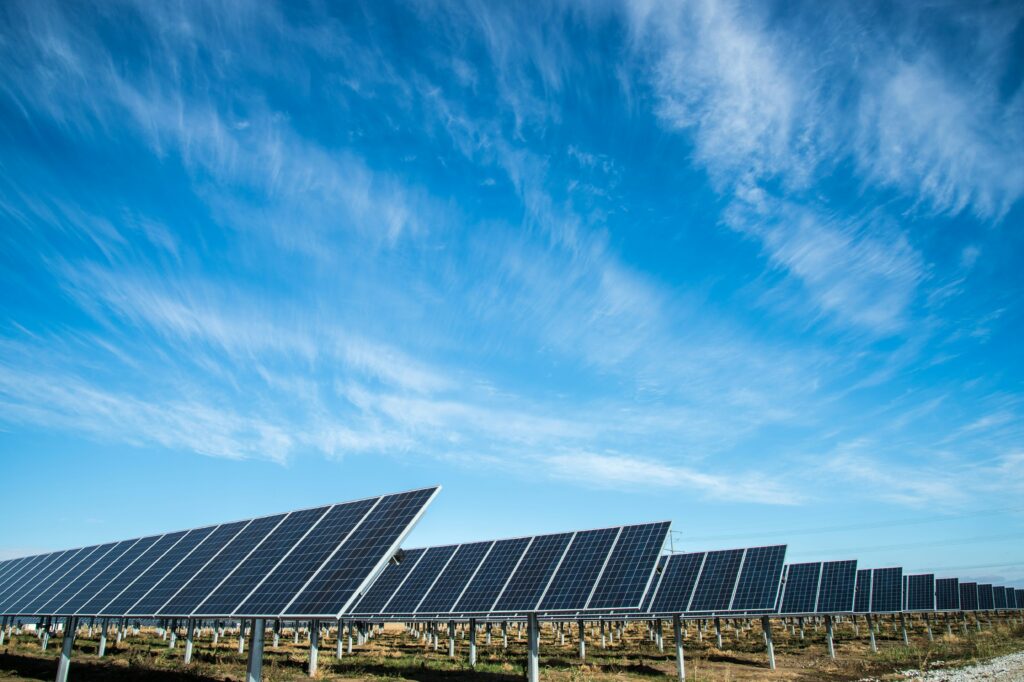
Recycling Processes for Solar Panels
Collection and transportation
The first step in the recycling process is the collection and transportation of used solar panels to recycling facilities. This involves setting up collection points, such as recycling centers or drop-off locations, where individuals or businesses can bring their old or damaged panels. Establishing efficient transportation routes and logistics is crucial to ensure the panels reach the recycling facilities in a timely manner.
Dismantling and sorting
Once the solar panels arrive at the recycling facilities, they undergo dismantling and sorting. This involves removing the panels from their frames and separating the different components, such as glass, aluminum, silicon wafers, and other materials. Advanced technology and automation can aid in this process, ensuring efficient and effective sorting.
Separation of components
After the dismantling and sorting stage, the separated components undergo further separation to facilitate material recovery. Techniques such as gravity separation, magnetic separation, and sieving are employed to separate the different materials based on their properties. This step ensures that each material can be recycled or reused individually.
Material recovery
Once the components are separated, they can undergo material recovery. The recovery process depends on the specific material. For example, glass can be recycled into new glass products, while silicon wafers can be melted down and reused in the production of new solar cells. Metals, such as aluminum or silver, can also be recycled and used in various industries.
Refurbishment and reuse
In some cases, solar panels that are still in good condition can be refurbished and sold for reuse. These panels can be utilized in applications that do not require high efficiency, such as remote locations or off-grid systems. Refurbishment and reuse help extend the life of solar panels and reduce the demand for new panels.
Recycling Technologies for Solar Panels
Thermal recycling
Thermal recycling, also known as pyrolysis, involves subjecting the solar panels to high temperatures in the absence of oxygen. This process breaks down the panels into their constituent materials, such as glass, metals, and silicon, which can then be recovered and reused. Thermal recycling is an energy-intensive process but can be an effective way to recover materials from end-of-life solar panels.
Mechanical recycling
Mechanical recycling is the most common and widely used method for recycling solar panels. In this process, the panels are shredded and crushed into smaller pieces. The different components, such as glass, metals, and silicon wafers, are then separated using various sorting techniques. This method allows for the recovery of valuable materials, which can be reused in the production of new solar panels or other products.
Chemical recycling
Chemical recycling involves the use of chemical processes to break down the solar panels into their basic components. This method aims to recover valuable materials, such as silicon, in a more efficient and controlled manner. Chemical recycling techniques are still in the early stages of development, but they show promise in improving the recovery rates and reducing environmental impacts.
Biological recycling
Biological recycling, also known as bioleaching, utilizes microorganisms to extract valuable materials from solar panels. Certain bacteria and fungi have the ability to dissolve and extract metals from electronic waste, including solar panels. This method offers an eco-friendly alternative by reducing the need for harsh chemicals and energy-intensive processes.
Emerging technologies
As the field of solar panel recycling continues to advance, new and innovative technologies are being developed. These emerging technologies include the use of nanomaterials, advanced electrolysis processes, and enhanced sorting systems. These technologies aim to improve the efficiency and effectiveness of solar panel recycling, allowing for higher recovery rates and reducing environmental impacts.
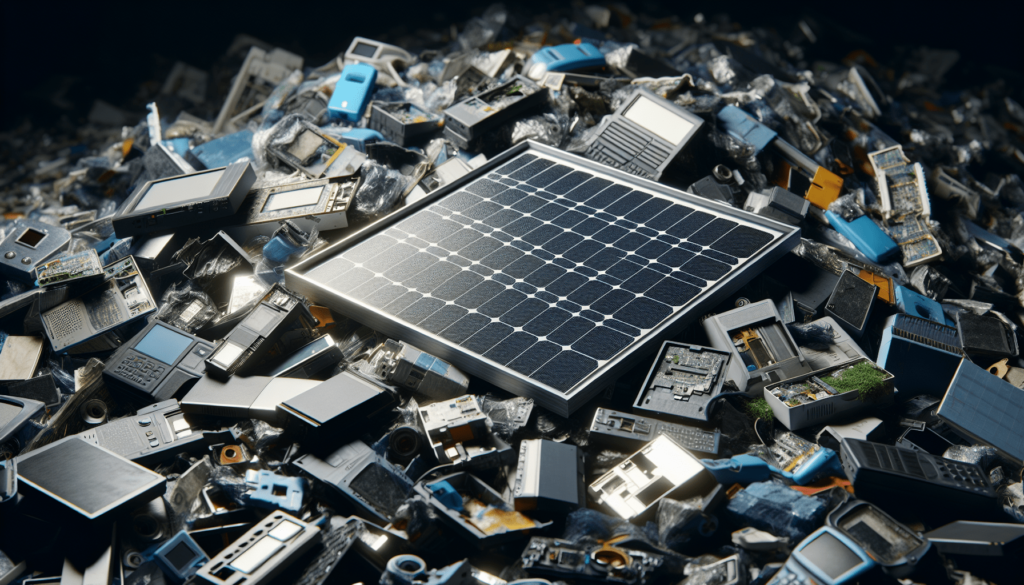
Benefits of Solar Panel Recycling
Conservation of resources
One of the primary benefits of solar panel recycling is the conservation of valuable resources. By reclaiming and reusing materials from old panels, the demand for new raw materials, such as silicon and metals, can be reduced. This conserves natural resources and helps maintain a sustainable production cycle for solar panels.
Reduction in waste and pollution
Proper recycling of solar panels helps reduce the amount of waste that ends up in landfills or incinerators. By recycling the components of solar panels, such as glass and metals, these materials can be diverted from the waste stream and reused in the manufacturing of new products. This reduces the need for raw material extraction and the associated environmental impacts, such as air and water pollution.
Economic opportunities
Solar panel recycling also presents economic opportunities. The recycling industry can create jobs in collection, transportation, sorting, and material recovery processes. Additionally, the recovered materials can be sold and used in various industries, contributing to the circular economy. By investing in solar panel recycling, countries and communities can stimulate economic growth and foster sustainability.
Challenges and Limitations
Cost and logistics
One of the main challenges in solar panel recycling is the cost and logistics associated with collecting and transporting the panels to recycling facilities. Setting up efficient collection systems and transportation routes can be costly, especially in rural or remote areas. Additionally, the sorting and processing equipment required for recycling can be expensive to acquire and maintain.
Efficiency of recycling processes
While current recycling methods exist, there is still room for improvement in terms of efficiency. More efficient sorting techniques, automation, and advanced technologies are needed to streamline the recycling process and improve the recovery rates of valuable materials. This would ensure that the maximum amount of materials can be recycled and reused, reducing the overall environmental impact.
Lack of standardized regulations
The lack of standardized regulations and guidelines for solar panel recycling poses a challenge to the industry. Different regions or countries may have varying regulations or requirements, making it more complex for manufacturers, recyclers, and consumers to navigate the recycling process. Developing standardized regulations can help create a more streamlined and efficient recycling system.
Government and Industry Initiatives
Regulatory frameworks
Governments and regulatory bodies around the world are recognizing the importance of solar panel recycling and implementing regulatory frameworks to promote responsible disposal and recycling. These frameworks outline standards and guidelines for manufacturers, consumers, and recycling facilities. By setting clear regulations, governments can ensure the proper handling and recycling of solar panels throughout their lifecycle.
Collaborative efforts
Collaborative efforts between governments, industry stakeholders, and environmental organizations are essential in advancing solar panel recycling. These partnerships can facilitate knowledge sharing, research and development, and the establishment of best practices. By working together, stakeholders can address the challenges and limitations in solar panel recycling, improving the overall efficiency and effectiveness of the process.
Research and development funding
Research and development funding plays a crucial role in driving innovation in solar panel recycling. Governments and industry organizations can allocate funds towards research projects aimed at developing new recycling technologies, improving efficiency, and reducing environmental impacts. By investing in research and development, the industry can continue to evolve and adapt to meet the growing demand for sustainable and responsible recycling solutions.
Conclusion
The future of solar panel recycling holds great promise in addressing the environmental and resource challenges associated with improper disposal of solar panels. By recycling solar panels, we can conserve valuable resources, reduce waste and pollution, and create economic opportunities. However, to maximize the benefits of solar panel recycling, it is crucial to address the challenges and limitations currently faced in the industry. Regulatory frameworks, collaborative efforts, and research and development funding are essential in promoting responsible disposal and efficient recycling practices. By working together, we can ensure a sustainable and greener future for solar panel technology.

